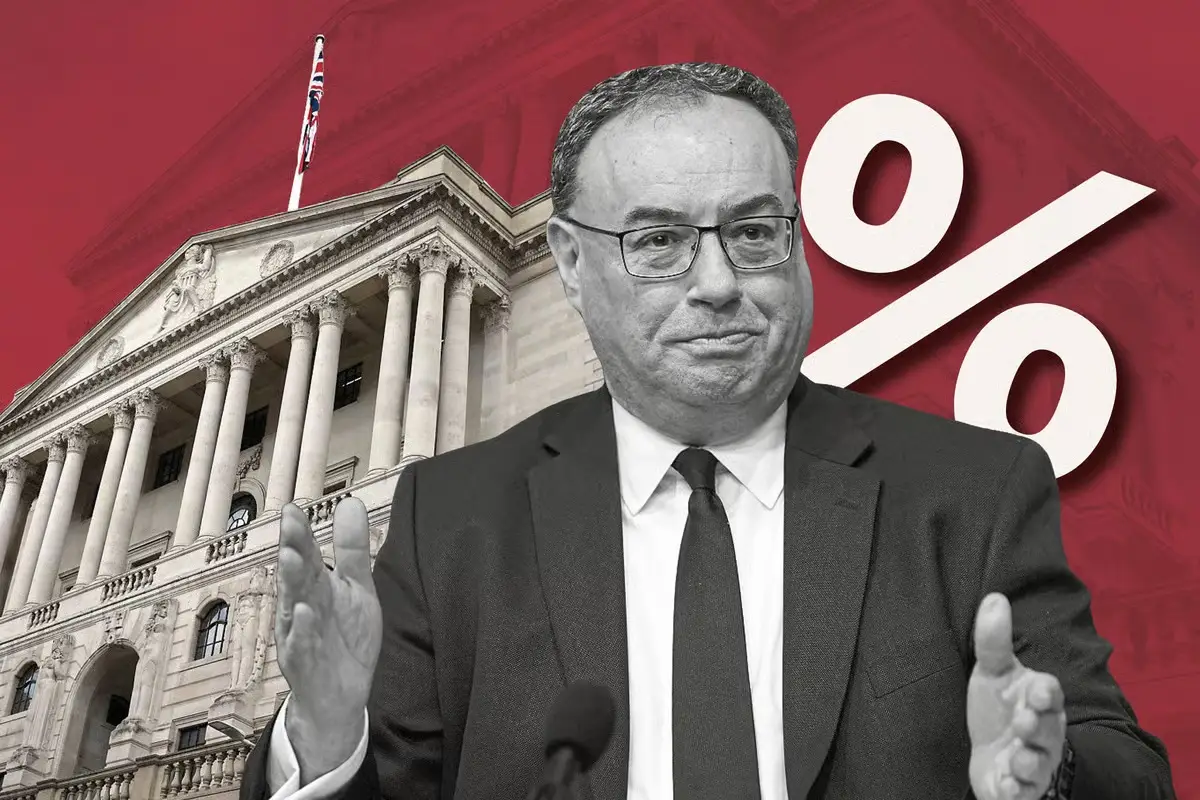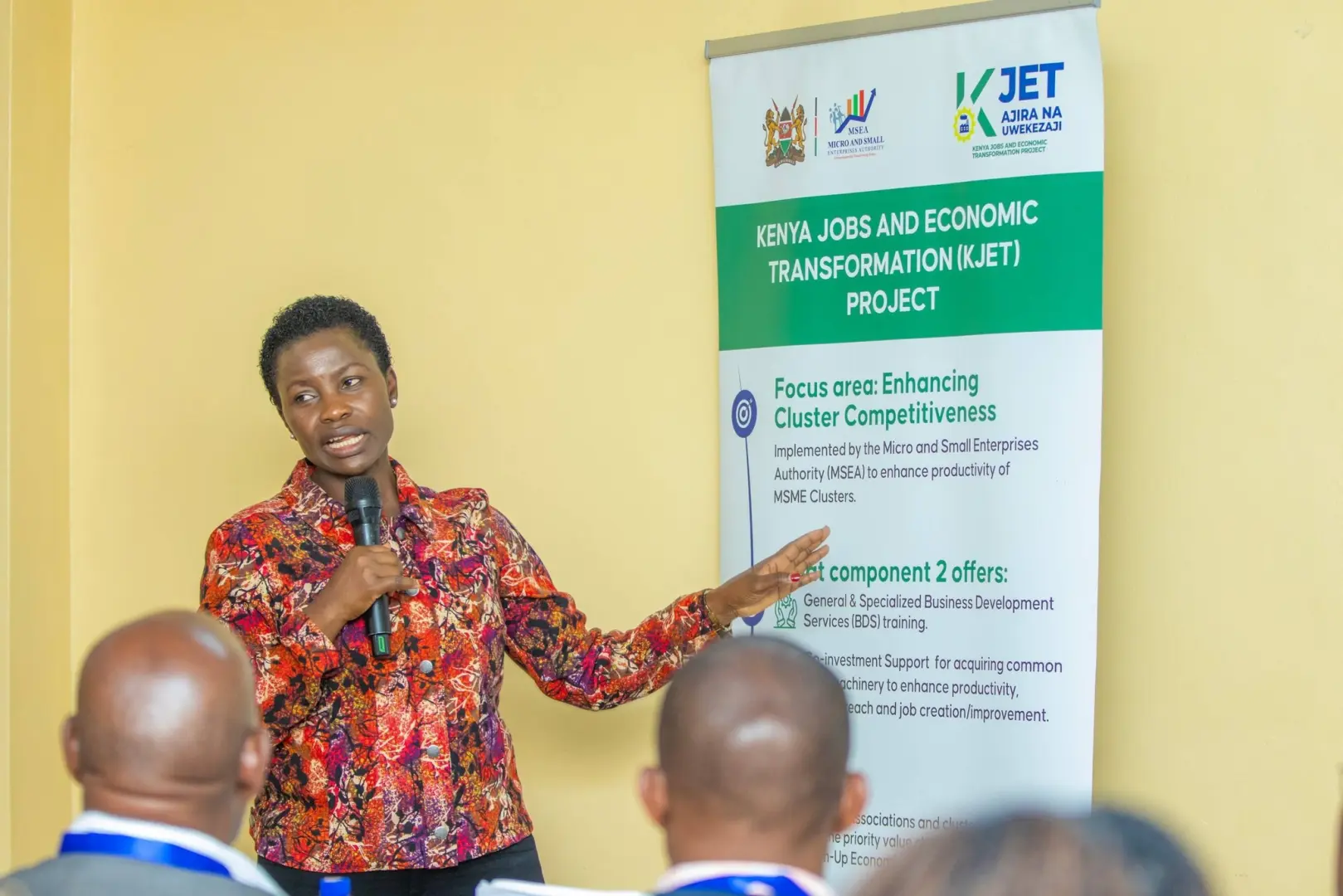What Was Announced
President William Ruto recently confirmed that teachers will be allocated 20% of the units under Kenya’s Affordable Housing Programme (AHP). The promise was made during the Waalimu Na Rais forum at State House, Nairobi, on 13 September 2025. An MoU (Memorandum of Understanding) was signed between the Affordable Housing Board and teachers’ unions to formalize this commitment. (The Standard)
Teachers contribute 13% to the monthly housing levy, amounting to KSh 900 million, and Ruto argued this entitles them to a proportionate share of the housing units. (Citizen Digital)
Build the future you deserve. Get started with our top-tier Online courses: ACCA, HESI A2, ATI TEAS 7, HESI EXIT, NCLEX-RN, NCLEX-PN, and Financial Literacy. Let Serrari Ed guide your path to success. Enroll today.
Key Features of the Deal
- Quotas: Teachers shall receive 20% of all housing units built under the AHP across Kenya. (The Standard)
- MoU Signed: The agreement was formalised via an MoU signed between the government and teachers’ unions. (kenyans.co.ke)
- Medical Scheme Review: President Ruto also raised concerns that the teachers’ medical cover is more expensive and less comprehensive compared to what civil servants receive, stating that inpatient costs average KSh 117,000 per visit for teachers, while the market average is KSh 100,000, and civil servants pay about KSh 98,000. (Capital FM)
- Teacher Promotions and Funding: The government also promised to double the budget for teacher promotions—from KSh 1 billion to KSh 2 billion annually—and increase the number of promotions from 25,000 to 50,000 teachers each year. (Tnx Africa)
Why the Change Was Made
Equity Based on Contributions
Teachers’ unions and President Ruto argue that since teachers contribute a significant portion of the housing levy, they deserve a direct benefit. By contributing 13% (≈ KSh 900 million per month) of the levy, teachers claim there’s a case for reserves to be set aside for them. (The Standard)
Concerns Over Medical Cover
There’s been increasing dissatisfaction about the medical scheme for teachers. Key concerns:
- Higher inpatient costs per visit than both market rates and civil servants’ schemes. (Capital FM)
- Reduced access: Teachers’ inpatient access is reportedly about 7%, compared to 12% in the market and 14% for civil servants. (Tnx Africa)
- The government has begun consulting with health professionals and teaching unions to address these discrepancies. (Capital FM)
Broader Context & Legal Considerations
The Affordable Housing Levy Framework
- The AHP operates under the Housing Act (Cap 117), which includes regulations governing the Affordable Housing Levy. To legally reserve 20% of units for teachers, the government may need to amend regulations or issue subsidiary legislation. (kenyans.co.ke)
- While the MoU binds the parties (government + unions), such agreements generally must be supported by law or regulation to be enforceable in all cases. (kenyans.co.ke)
Stakeholders Involved
- Teachers’ Unions: KNUT, KUPPET, KEPSHA, etc., represented during the MoU signing. (kenyans.co.ke)
- Ministry of Housing / State Department for Housing: Responsible for carrying out the policy, including allocation and oversight.
- Ministry of Education & TSC (Teachers Service Commission): For determining eligibility, job groups, location matching etc.
One decision can change your entire career. Take that step with our Online courses in ACCA, HESI A2, ATI TEAS 7, HESI EXIT, NCLEX-RN, NCLEX-PN, and Financial Literacy. Join Serrari Ed and start building your brighter future today.
Implementation: What It Might Look Like
Here are likely or possible ways the 20% allocation and scheme reforms might be carried out:
- Quota System: Each Affordable Housing project under AHP might reserve 20% of units specifically for teachers. Eligibility could depend on job group, years of service, location of posting, and whether the teacher is in public or private institutions.
- Deposit or Financing Support: Teachers might still be required to pay deposits or mortgage payments (via rent-to-own or Boma Yangu style portals), but preferential terms or assistance may be introduced. (Tuko.co.ke – Kenya news.)
- Medical Scheme Overhaul: Adjusted benefits, clearer pricing, possibly different insurance or health care providers aimed at cost-efficiency and value. Surveying what civil servant schemes offer to set benchmarks.
- Promotions & Career Progression Changes: Increasing promotion numbers could reduce stagnation. Also, the review of Career Progression Guidelines may allow more transparency and fairness in who qualifies when. (Tnx Africa)
Critical Reactions & Challenges
Despite the announcement’s popularity among many teachers, there are mixed reactions and several challenges:
- Legal Authority Questions: Some critics argue that the President may be over-stepping if allocation criteria are not anchored in law or regulation. The MoU is helpful but may not, by itself, provide full legal guarantee. (kenyans.co.ke)
- Private Sector Contributors: Some teachers in the private sector are concerned that identical contributions via the levy may not translate to equal benefits, or that private teachers may be left out. (The Standard)
- Transparency & Fairness in Allocation: How the units are allocated (lottery, priority lists etc.), which locations will be covered first, what cost teachers will incur, how “affordable” is defined, these are all open questions.
- Medical Scheme Cost vs Benefit: Teachers are reportedly paying more per inpatient visit than market rates; but improving benefits or adjusting costs depends on providers, contract terms, and possible subsidies.
Additional Related Announcements
Beyond the housing pledge, other welfare issues for teachers were addressed:
- Promotions Funding Doubled: From KSh 1 billion to KSh 2 billion annually, to promote 50,000 teachers each year instead of 25,000. (Tnx Africa)
- Budget Growth for Education: Over three years the education budget has increased from about KSh 540 billion to KSh 702 billion for the 2025-26 financial year. (Tnx Africa)
- Teacher Recruitment Promised: 24,000 new teachers to be hired in January 2026, bringing total hires over three years to 100,000. (Tnx Africa)
Implications & What to Watch
Here are key factors that will determine whether the announcement turns into delivered benefits:
- Regulatory Backing: Will the government amend existing regulations or laws to codify the 20% allocation for teachers under AHP?
- Eligibility Criteria: Clarity is needed on which teachers qualify (public/private, job groups, location), what income thresholds, and how fairness is ensured.
- Affordability for Teachers: Even with 20% allocation, cost of deposits, mortgages or rent-to-own arrangements, maintenance, and transport may still be barriers.
- Medical Scheme Adjustment: Whether adjustments in medical cover deliver better value (lower cost per visit, more coverage) and match or surpass civil servant equivalents.
- Capacity for Implementation: Housing units must be constructed in sufficient numbers, distributed fairly, and infrastructure (utilities etc.) must keep up. MoU must be supported by efficient administrative capacity in both housing board and teacher service institutions.
- Public Perception & Equity: How private sector teachers feel about this, how people outside formal employment are viewed. Ensuring transparency will help avoid claims of favoritism.
- Monitoring & Accountability: Ensuring the terms of the MoU are honored—reporting on how many units are allocated, how many accepted, what costs are borne by teachers, etc.
Supporting Evidence & Verified Figures
- Teachers contribute KSh 900 million monthly, equal to 13% of the Affordable Housing levy. (The Standard)
- Medical costs per inpatient visit for teachers average KSh 117,000, above market average (KSh 100,000) and civil servant average (KSh 98,000). (Capital FM)
- The education sector budget has increased significantly, supporting infrastructure, teacher recruitment, and other welfare improvements. (Tnx Africa)
Broader Significance
- This pledge reflects wider government efforts to improve teachers’ welfare, which has been a sensitive issue historically — frequent teacher strikes, demands for better pay, promotion, and better medical cover. This move attempts to address some long-standing concerns.
- It also ties into national housing policy ambitions. The AHP is a signature programme under the government’s housing agenda, and reserving 20% for teachers sends a signal about who is prioritized in public welfare schemes.
- For teacher retention, morale, and performance, better housing access and improved medical cover can make a difference, particularly in remote or under-served areas.
- Politically, this could strengthen ties between the government and the teaching fraternity; the MoU and its symbolic value are meaningful, but actual implementation will test credibility.
Teachers, who contribute about 13% of the Affordable Housing Levy (≈ KSh 900 million monthly), will now receive 20% of all housing units developed under Kenya’s AHP. The deal, formalized via MoU, aims to ensure contributors benefit from the program. At the same time, the teachers’ medical scheme and promotions have come under review, with commitments to align medical costs and expand promotional opportunities. While the changes are welcomed, transparency, legal anchoring, and affordability will determine the real impact.
Ready to take your career to the next level? Join our Online courses: ACCA, HESI A2, ATI TEAS 7 , HESI EXIT , NCLEX – RN and NCLEX – PN, Financial Literacy!🌟 Dive into a world of opportunities and empower yourself for success. Explore more at Serrari Ed and start your exciting journey today! ✨
Track GDP, Inflation and Central Bank rates for top African markets with Serrari’s comparator tool.
See today’s Treasury bonds and Money market funds movement across financial service providers in Kenya, using Serrari’s comparator tools.
photo source: Google
By: Montel Kamau
Serrari Financial Analyst
13th September, 2025
Article, Financial and News Disclaimer
The Value of a Financial Advisor
While this article offers valuable insights, it is essential to recognize that personal finance can be highly complex and unique to each individual. A financial advisor provides professional expertise and personalized guidance to help you make well-informed decisions tailored to your specific circumstances and goals.
Beyond offering knowledge, a financial advisor serves as a trusted partner to help you stay disciplined, avoid common pitfalls, and remain focused on your long-term objectives. Their perspective and experience can complement your own efforts, enhancing your financial well-being and ensuring a more confident approach to managing your finances.
Disclaimer: This article is for informational purposes only and does not constitute financial advice. Readers are encouraged to consult a licensed financial advisor to obtain guidance specific to their financial situation.
Article and News Disclaimer
The information provided on www.serrarigroup.com is for general informational purposes only. While we strive to keep the information up to date and accurate, we make no representations or warranties of any kind, express or implied, about the completeness, accuracy, reliability, suitability, or availability with respect to the website or the information, products, services, or related graphics contained on the website for any purpose. Any reliance you place on such information is therefore strictly at your own risk.
www.serrarigroup.com is not responsible for any errors or omissions, or for the results obtained from the use of this information. All information on the website is provided on an as-is basis, with no guarantee of completeness, accuracy, timeliness, or of the results obtained from the use of this information, and without warranty of any kind, express or implied, including but not limited to warranties of performance, merchantability, and fitness for a particular purpose.
In no event will www.serrarigroup.com be liable to you or anyone else for any decision made or action taken in reliance on the information provided on the website or for any consequential, special, or similar damages, even if advised of the possibility of such damages.
The articles, news, and information presented on www.serrarigroup.com reflect the opinions of the respective authors and contributors and do not necessarily represent the views of the website or its management. Any views or opinions expressed are solely those of the individual authors and do not represent the website's views or opinions as a whole.
The content on www.serrarigroup.com may include links to external websites, which are provided for convenience and informational purposes only. We have no control over the nature, content, and availability of those sites. The inclusion of any links does not necessarily imply a recommendation or endorsement of the views expressed within them.
Every effort is made to keep the website up and running smoothly. However, www.serrarigroup.com takes no responsibility for, and will not be liable for, the website being temporarily unavailable due to technical issues beyond our control.
Please note that laws, regulations, and information can change rapidly, and we advise you to conduct further research and seek professional advice when necessary.
By using www.serrarigroup.com, you agree to this disclaimer and its terms. If you do not agree with this disclaimer, please do not use the website.
www.serrarigroup.com, reserves the right to update, modify, or remove any part of this disclaimer without prior notice. It is your responsibility to review this disclaimer periodically for changes.
Serrari Group 2025
















